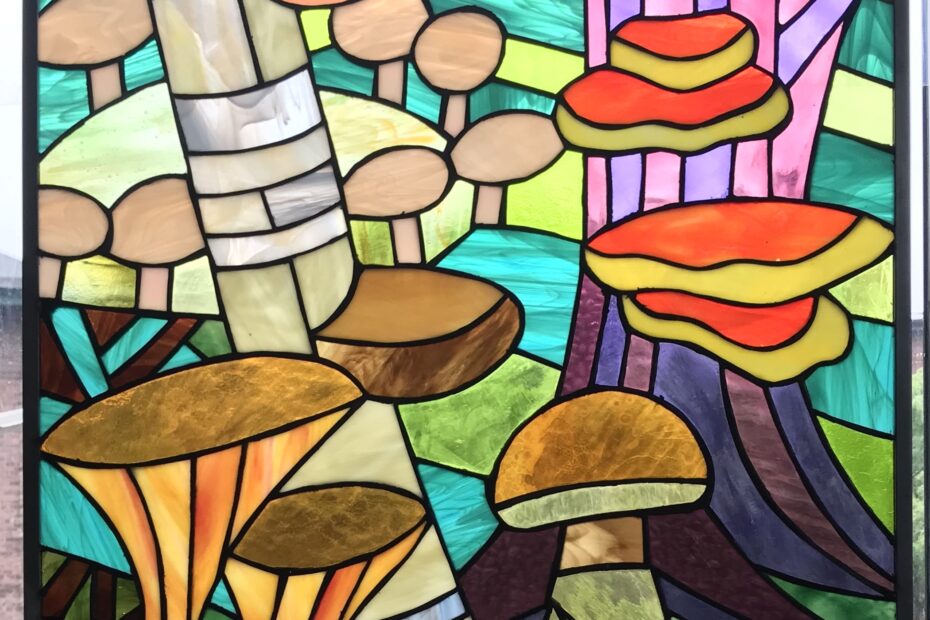In 2024 the BMC awarded one Research grant, three Community Mycology and Outreach grants, and four scholarships to the 2024 NEMF foray on Cape Cod. We checked in with the recipients and asked them to provide reflections on how they used (and are using) the funds from the BMC.
Research grant: Kamilo Santana
Fungi of Ecuador.
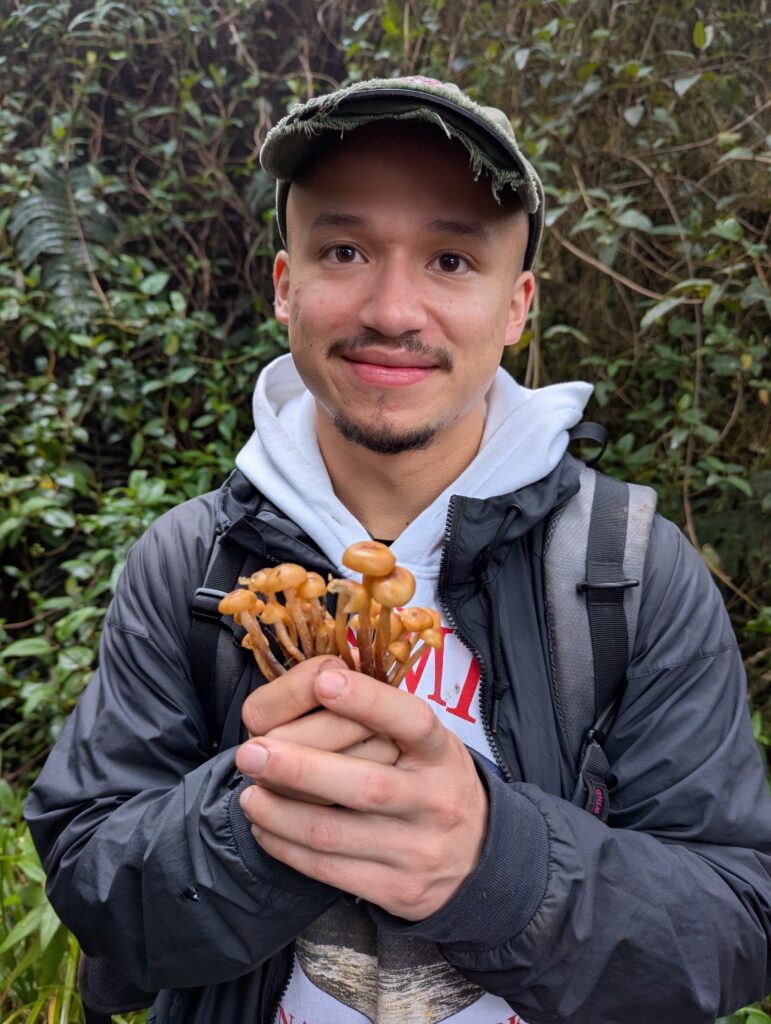
Kamilo applied while he was still an undergraduate at the University of North Carolina, Wilmington. He is now exploring options for graduate study. Kamilo’s project involves a fungal biodiversity survey, herbarium work, and outreach, based in the Museo Ecuatoriano de Ciencias Naturales del Instituto Nacional de Biodiversidad. Kamilo submitted the following report earlier this year:
“Recently, I’ve been traveling around Ecuador, exploring the páramo, high and lowland Amazon, cloud forest, and coastal regions, collecting and photographing macro Basidiomycota and Ascomycota. To date, my 900+ collections have been properly mounted and added to the National Herbarium of Ecuador (QCNE). It is at this herbarium where I conduct microscopy for further identification, along with DNA extractions, PCR amplification, and nanopore sequencing. Using nanopore technology, I have been able to register a few new records for the country. Additionally, I teach the fundamentals of fungal systematics to college students volunteering at the National Herbarium. This includes training them in microscopy, DNA extractions, PCR amplification, and guiding them in the field. I also teach them how to identify fungi, take proper photographs, and document their observations on iNaturalist.”
Community Mycology and Outreach grant: Lisa Huang
Mushroom growing with the Brockton Public Schools
Lisa taught students at Brockton High School how to grow and cook pink oyster mushrooms. “I chose to teach a lesson on growing pink oyster mushrooms to a special education classroom here at Brockton High School due to their ease in growing, versatility, and vibrant color. My presentation covered the origins of pink oyster mushrooms, their consumption, and growing methods. At the end of the lesson, each student (including their teacher) received pink oyster mushroom grow kits from Field & Forest Products. I demonstrated how to properly care for the grow kits to achieve optimal results. Additionally, samples of a vegan bacon BLT sandwich were distributed to give students an idea of what they could cook with their pink oyster mushrooms. The students thoroughly enjoyed the lesson, commenting on how the pink oyster mushrooms were beautiful and resembled a bouquet of flowers. Their curiosity was piqued when they touched and smelled the showcased mushrooms. Everyone who tried the samples loved them.”
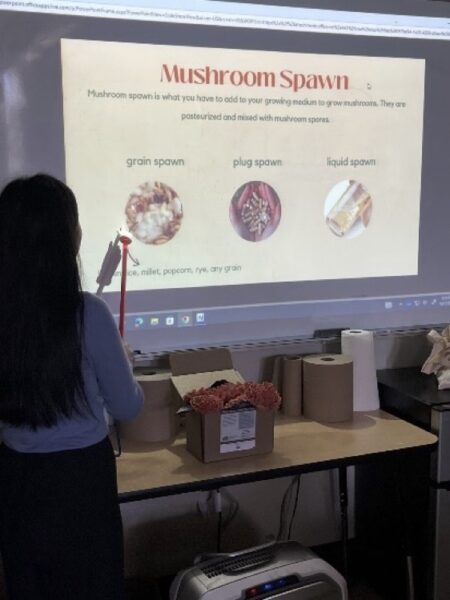
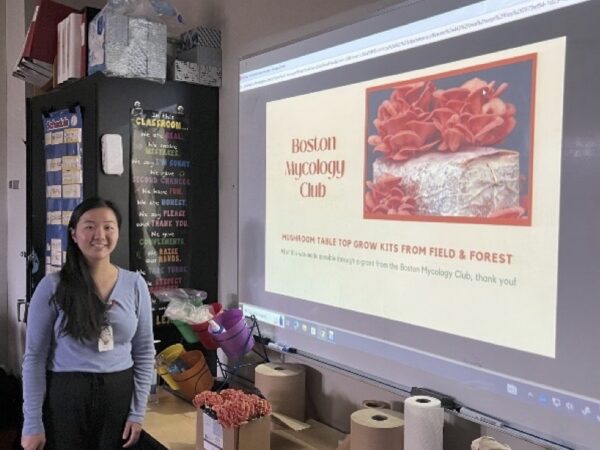
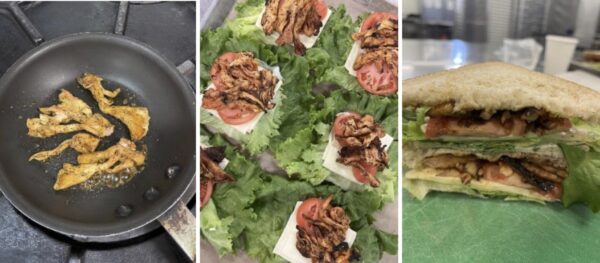
Community Mycology and Outreach grant:Clark Mycology Club
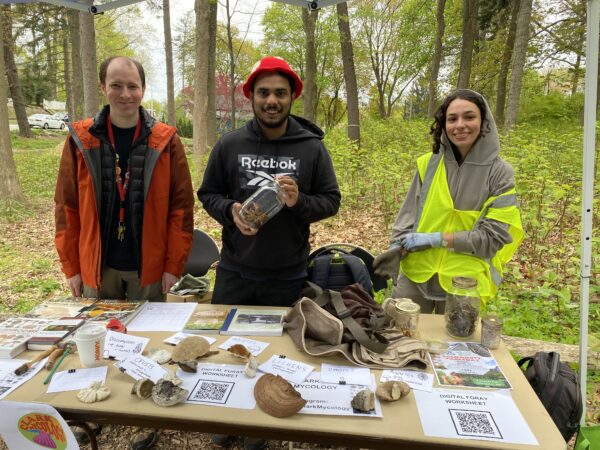
The Clark Mycology Club is an organization of mostly undergraduate and some graduate students at Clark University in Worcester, MA. Correspondent Amanda Dye wrote, “With funding from the BMC Community Mycology Grants, The Clark Mycology Club was able to host several varied mycological events for the public and students in Worcester, MA. Examples of programs that were facilitated by this funding are a Cyanotype Workshop, Mushroom Forays, Cheese-tasting Night, and Halloween Movie Night. In the Spring semester, the remainder of the funding was used to support a Mycological Fashion Show, Cultivation Workshops, and a presentation by a Guest Speaker on their research within the field of Mycology. Through these public events and programs we reached 150+ people, and over 60% of participants were introduced to mycology for the first time.”
Community Mycology and Outreach grant: Joshua Winer
Joshua is a Boston-based artist who specializes in nature-themed murals. With BMC support, Joshua is designing a mosaic mural that will be installed in the seminar room of the Harvard University Herbaria (HUH), a familiar space to BMC members. Joshua describes the project thus: “Our design concept, developed by Joshua Winer and Susan Goldhor, is to show fungi in their habitats, merging several habitats to show a range of fungi. Once the design is done, I’ll invite the BMC community to join me in my studio in Waltham to build the mosaic as a team. The studio work will likely happen in the late fall”. HUH is undergoing renovations (and Harvard is facing other, external, challenges), which has slowed the project somewhat. Nonetheless, there is strong support in HUH for the project, as we look forward to an unveiling in the fall or winter. In the meantime, here is an example of Joshua’s work to whet your artistic appetite.
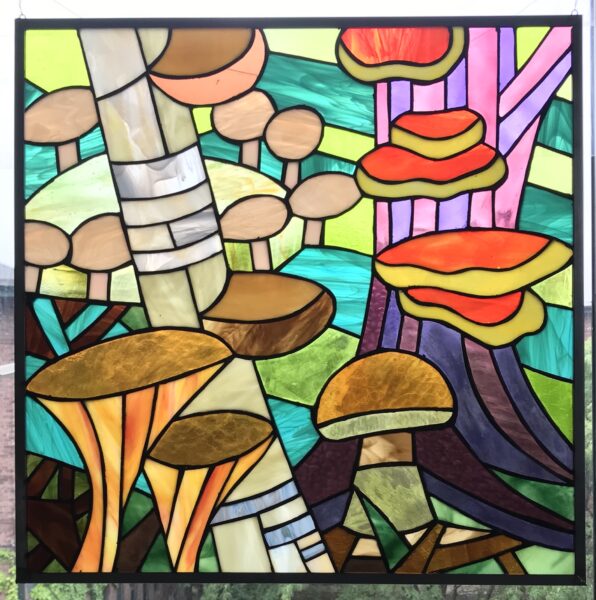
2024 NEMF Scholarships
In 2024 the BMC was the host for the NEMF foray on Cape Cod. Four club members were sponsored, including Corie Costantino, Ellen Haiken, Andrew Jacob, and Isabella Roversi. Photos and reflections from each are below.
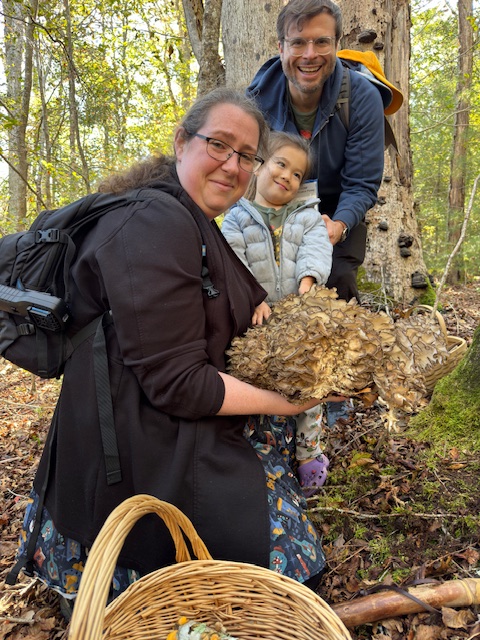
I learned that I basically am now on par with people I once considered mentors. I was thrust into positions I didn’t know I was ready for, such as taking out groups of complete strangers from out of state and talking to them about local ecology and fungal diversity. I also got to experience what it’s like to do “boots on the ground” mycology and work with the likes of Alan Rockefeller, Bill Yule and Niell, Noah Siegel, etc. I also had a very serious heart to heart with David McCheyne of iNaturalist about being a woman with interest in the hard sciences but with no formal training. The absolute highlight of my weekend was on Sunday, though. Dave Babik and myself were out on a matsutake hunt with a small group. Somehow two people out of billions on earth were in the same location at the same moment. Myself, basically the Amanita specialist of the club, ran into the charge nurse from the ICU at UMass Medical who took care of a Malaysian family who accidentally ate death caps back in 2022. I was able to explain to him in clear medical terms the mechanism of action of amatoxin poisoning and that the lethality of these mushrooms is basically only a symptom of an almost complete lack of ingestion protocol here in the US. I shook his hand and said thank you for saving them. I’m still baffled by this experience because I have no logical explanation as to how these two people with such an in-depth understanding of how dire that situation was ended up in the exact same spot at the same time.
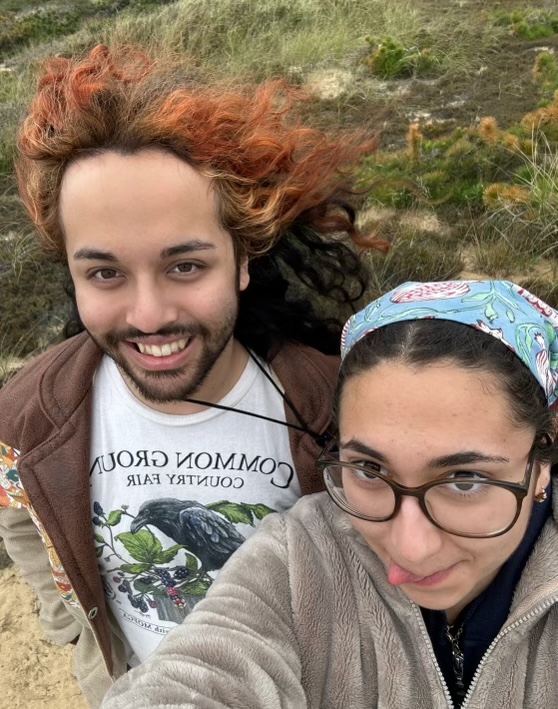
Foraging is often seen as a solitary pursuit, but NEMF revealed the vibrant, tight-knit community of local and regional foragers. One of my highlights was connecting with other young foragers from clubs like NYMS, RIMS, and MMC, which gave me a sense of belonging and camaraderie. I love the interdisciplinary nature of mycology—the way it intersects with science, art, and even cooking—and the opportunity it provides to experiment and discover. As someone passionate about both nature and food, I was thrilled to combine these interests by engaging with experts like Spike Mikulski. His lecture on Amanitas and his cooking demonstration were fascinating; he showcased an impressive depth of knowledge that broadened my understanding of this genus and inspiring me with new ideas for how to prepare mushrooms. Another standout experience was the lichen walk, where I encountered a stunning variety of lichens, including the memorable tar lichen. Learning about the critical, often overlooked role lichens play in ecosystems and the symbiotic relationship between algae and fungi deepened my appreciation for their complexity and beauty. Above all, my favorite part of NEMF was forming new friendships while reconnecting with familiar faces from the previous year. These moments of shared discovery and connection made the experience truly special. I look forward to returning to NEMF in the years ahead, further deepening my knowledge and connections within this remarkable community.

Attending NEMF was an absolute blast from start to finish. There’s nothing quite like trekking through the dunes, eyes scanning the ground for hidden fungal treasures, and then suddenly spotting something incredible—like an endangered species that smells just like celery! One of the most exciting moments was digging for Matsutake, carefully unearthing these prized mushrooms while taking in their unmistakable spicy aroma. And let’s talk about the weather—it couldn’t have been more perfect. Beyond the thrill of the hunt, the foray was packed with opportunities to learn from some of the most knowledgeable mycologists around. The lectures were fascinating, making me see fungi in a whole new light. And of course, I couldn’t miss the first-ever NEMF mushroom diorama contest! Seeing the creativity and dedication that went into each display was so much fun. But the best part? Spending time with an amazing group of fellow mushroom lovers, swapping stories, sharing finds, and geeking out over all things fungi. It was the perfect mix of adventure, education, and community—I’m already looking forward to the next one!
